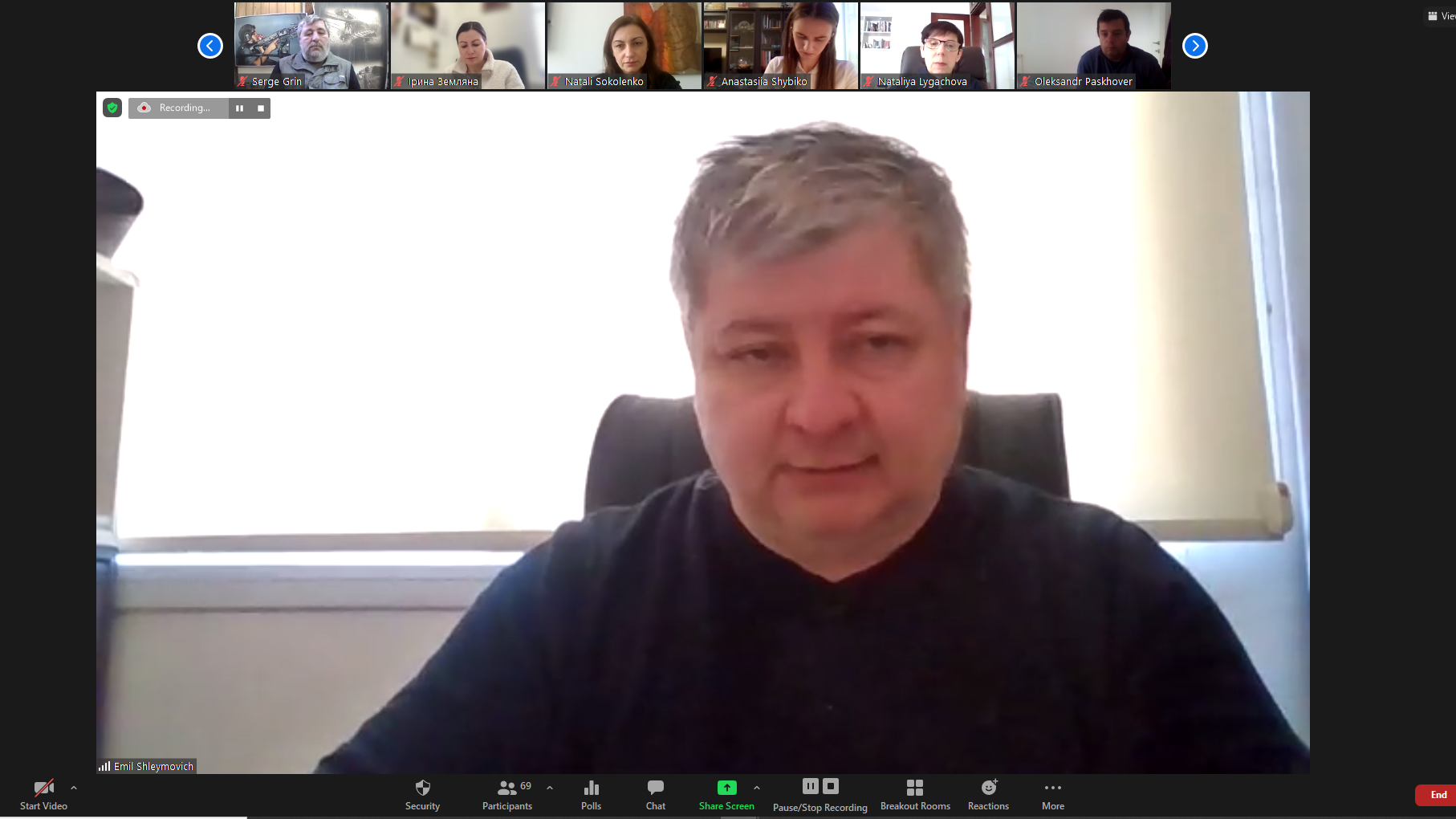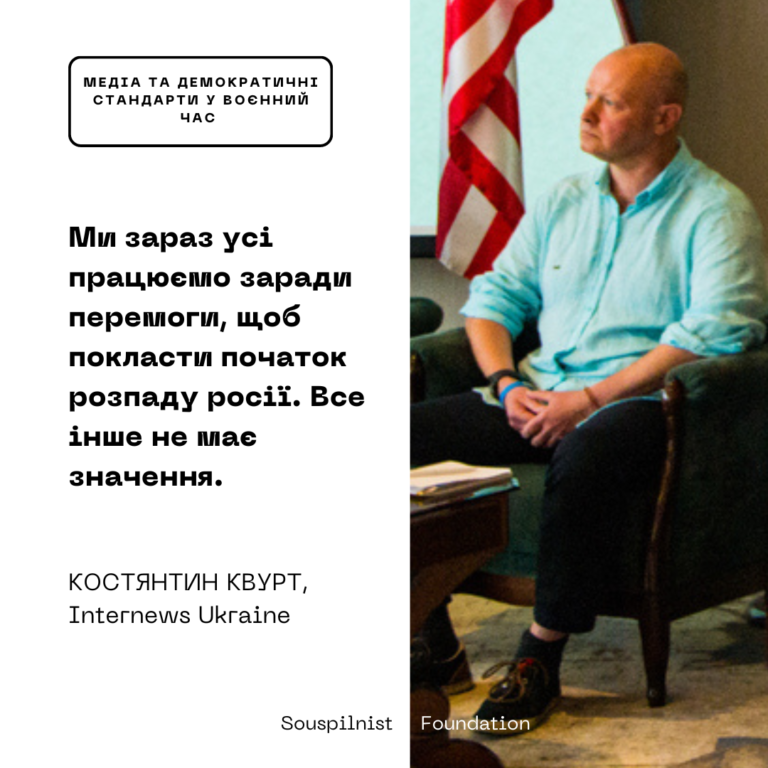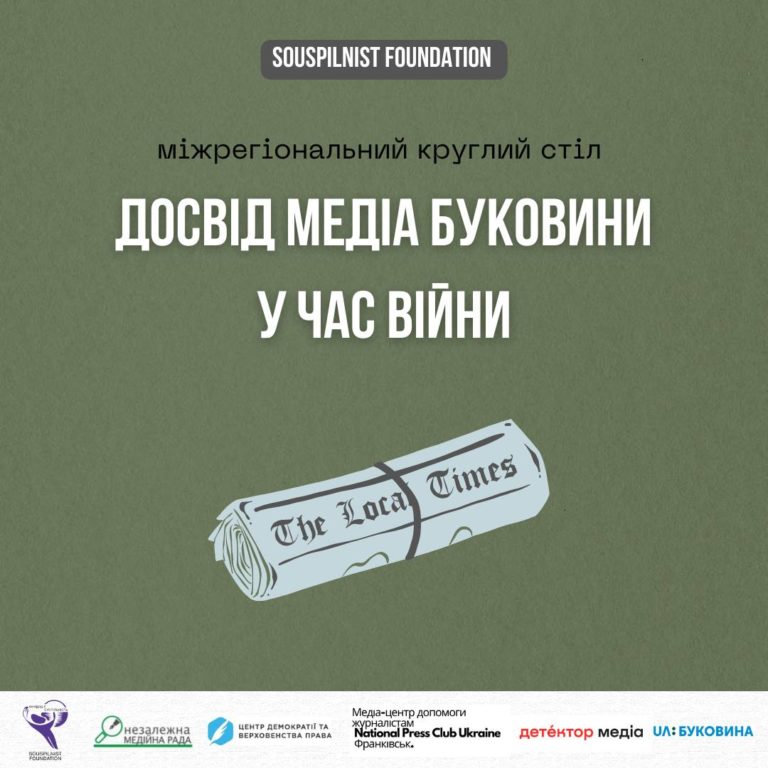Media outlets aiming to provide the audience with high-quality, timely information must be ready to face the challenges of working in extraordinary situations. There are many kinds of extraordinary situations: from military threats to cyber-attacks and natural disasters.
On January 25, media experts talked about how newsrooms can ensure continuity of their operations in times of uncertainty during the online discussion “The work of the media in times of a military escalation.”
Oleksandr Martynenko, Interfax Ukraine; Oleksiy Tarasov, NV; Nataliia Humeniuk, Public Interest Journalism Lab, the Independent Media Council; Anastasiia Shybiko, Free Radio (Bakhmut); Dmytro Khorkin, UA:Ukrainian Radio; Iryna Zemliana, Mass Information Institute; Nataliia Sokolenko, Ukrainian Radio; Danylo Mokryk, Bihus.info; Nataliia Lyhachova, Detector Media; journalist Oleksandr Paskhover (previously, at NV); Emil Shleymovich, Details (Israel), and Sergey Grankin, Channel 9 (Israel), shared their action plans for newsrooms and journalists in situations of emergency.

The newsrooms whose representatives took part in the discussion all have ready-made emergency action plans.
Dmytro Khorkin, general producer at UA:Ukrainian Radio, said that the radio station has the necessary equipment to continue broadcasting in any situation: a working satellite communications system, backup broadcasting centers, broadcasting plans in an emergency, and a detailed action plan for media workers.
In addition to a detailed plan, Interfax has created a mirror website on servers abroad and provided the newsroom with a generator and vital things.
In emergencies, the newsroom should operate like a newsroom, Oleksandr Martynenko noted.
However, many journalists cannot work effectively “in the field.” Therefore, it’s important to talk about the security and technology components of work, and ethical standards, Nataliia Humeniuk noted speaking about the topic’s urgency.
During the two-hour discussion, the experts came up with main preventive rules that will ensure newsrooms’ continuity of operations when facing new challenges.
- Developing a detailed emergency response protocol together with colleagues: in what format the newsroom will be working; who will inform about the events “from the field”; in what way the information will be transmitted; and relocating team members to safer ground, if necessary.
The experts noted that the life and health of newsroom employees is an important priority.
When we’re talking about working in “hotspots”, the camera crews’ safety is first, then comes personal safety, while filming and story come afterwards, added Sergey Grankin who regularly works in a war zone.
- Providing the newsroom office with fuel supplies, water and food, etc. And a generator, if possible.
- Training together in providing first aid and making sure that all newsroom employees have first-aid kits.
It’s important that the employees have the medicines for personal use. If you know you often have a sore throat, make sure you put in the medicines that help you, Iryna Zemliana added.
- Providing the employees working in dangerous zones with helmets and armor vests, and also means of communication.
- Creating a mirror website on safe servers abroad and making sure important documents are safely stored.
- Providing satellite communication, if possible.
- Training in fact-checking. It is important to know which information is accurate and counter the spread of disinformation.
Why is it important to do this? A ready-made plan will help you keep a cool head, Nataliia Lyhachova noted.
The event was organized by Souspilnist Foundation with the support of Internews Ukraine, Detector Media, and the Independent Media Council.


